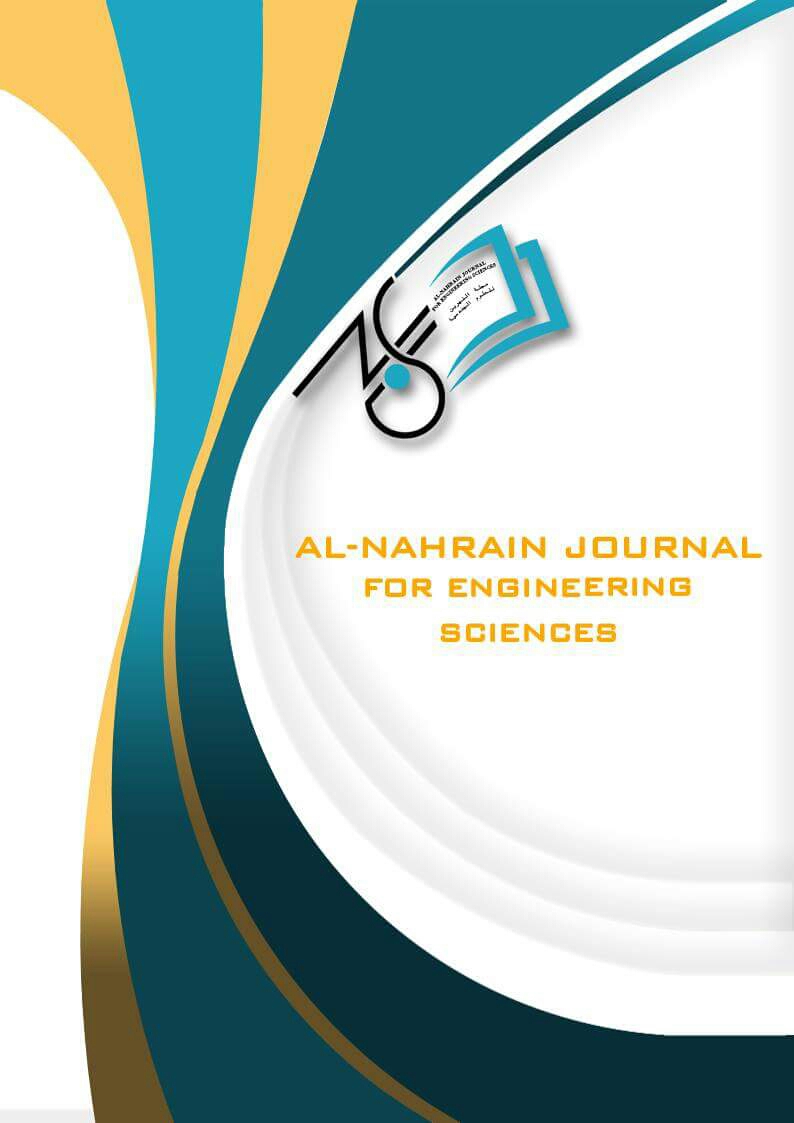Coronavirus 2019 (COVID-19) Detection Based on Deep Learning
DOI:
https://doi.org/10.29194/NJES.23040408Keywords:
Medical Image, Image Processing, Image Classification, Deep Learning, Convolutional Neural Network, Coronavirus, COVID-19Abstract
Deep learning modeling could provide to detected Corona Virus 2019 (COVID-19) which is a critical task these days to make a treatment decision according to the diagnostic results. On the other hand, advances in the areas of artificial intelligence, machine learning, deep learning, and medical imaging techniques allow demonstrating impressive performance, especially in problems of detection, classification, and segmentation. These innovations enabled physicians to see the human body with high accuracy, which led to an increase in the accuracy of diagnosis and non-surgical examination of patients. There are many imaging models used to detect COVID-19, but we use computerized tomography (CT) because is commonly used. Moreover, we use for detection a deep learning model based on convolutional neural network (CNN) for COVID-19 detection. The dataset has been used is 544 slice of CT scan which is not sufficient for high accuracy, but we can say that it is acceptable because of the few datasets available in these days. The proposed model achieves validation and test accuracy 84.4% and 90.09%, respectively. The proposed model has been compared with other models to prove superiority of our model over the other models.
Downloads
Downloads
Published
Issue
Section
License
The authors retain the copyright of their manuscript by submitting the work to this journal, and all open access articles are distributed under the terms of the Creative Commons Attribution-NonCommercial 4.0 International (CC-BY-NC 4.0), which permits use for any non-commercial purpose, distribution, and reproduction in any medium, provided that the original work is properly cited.














